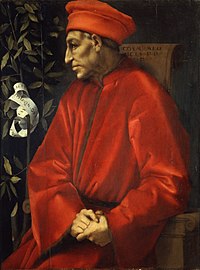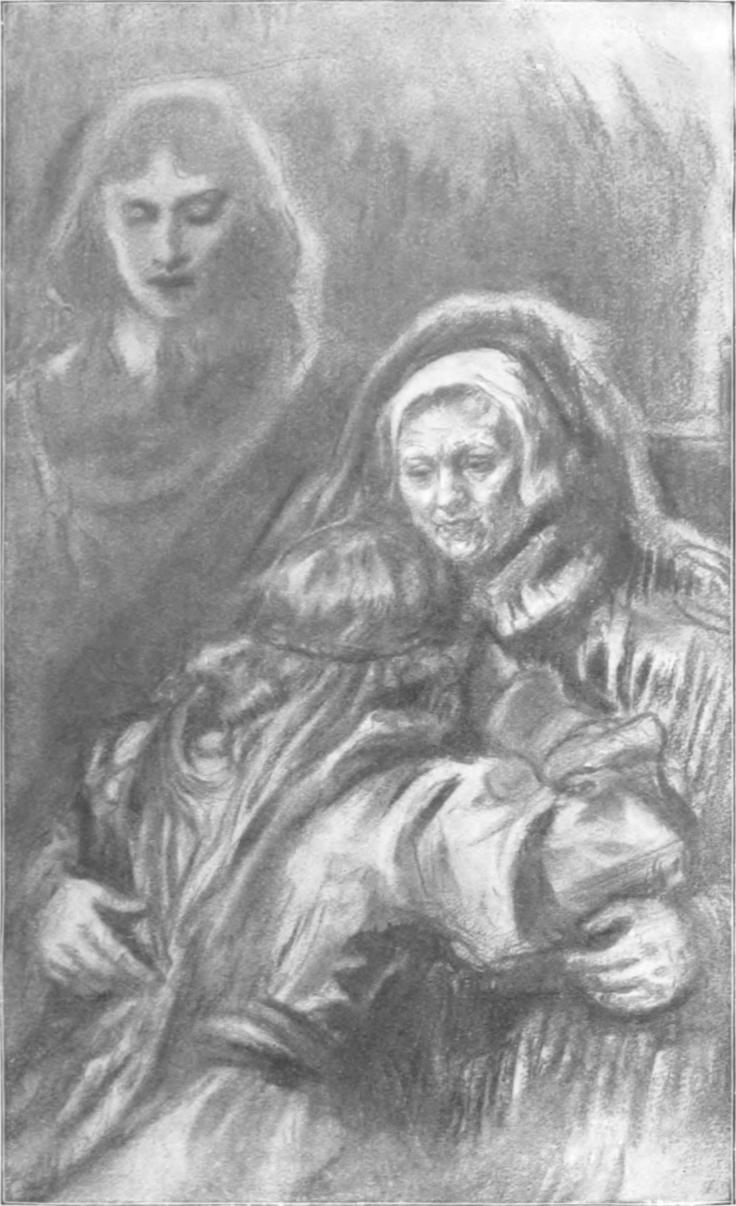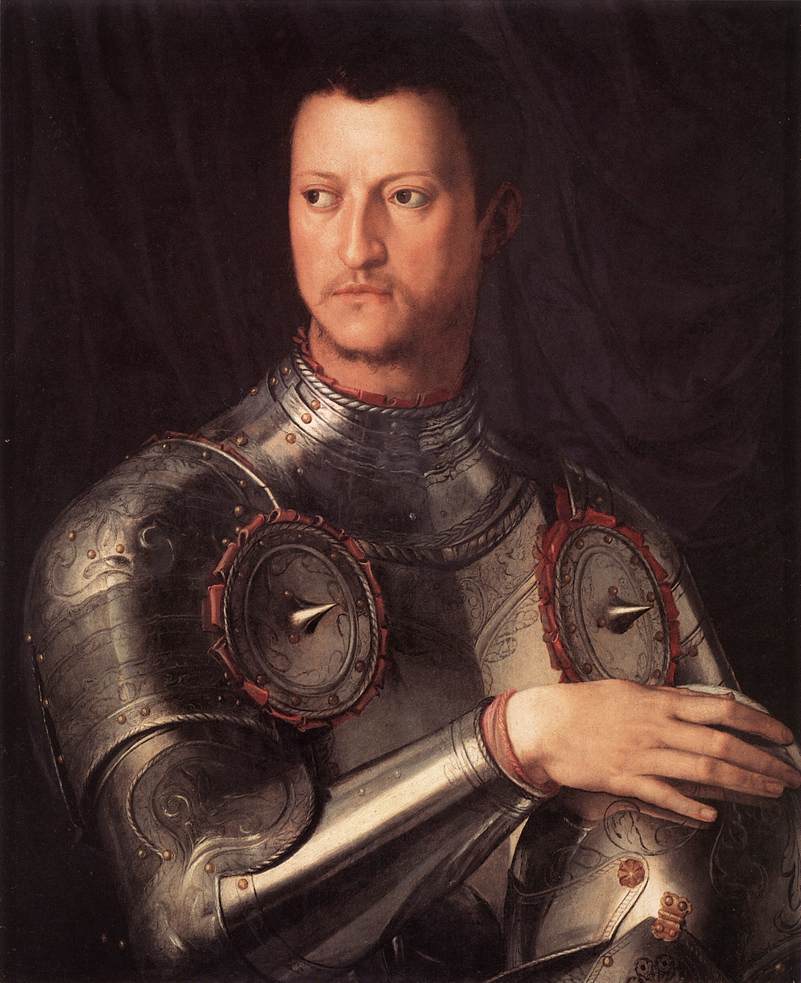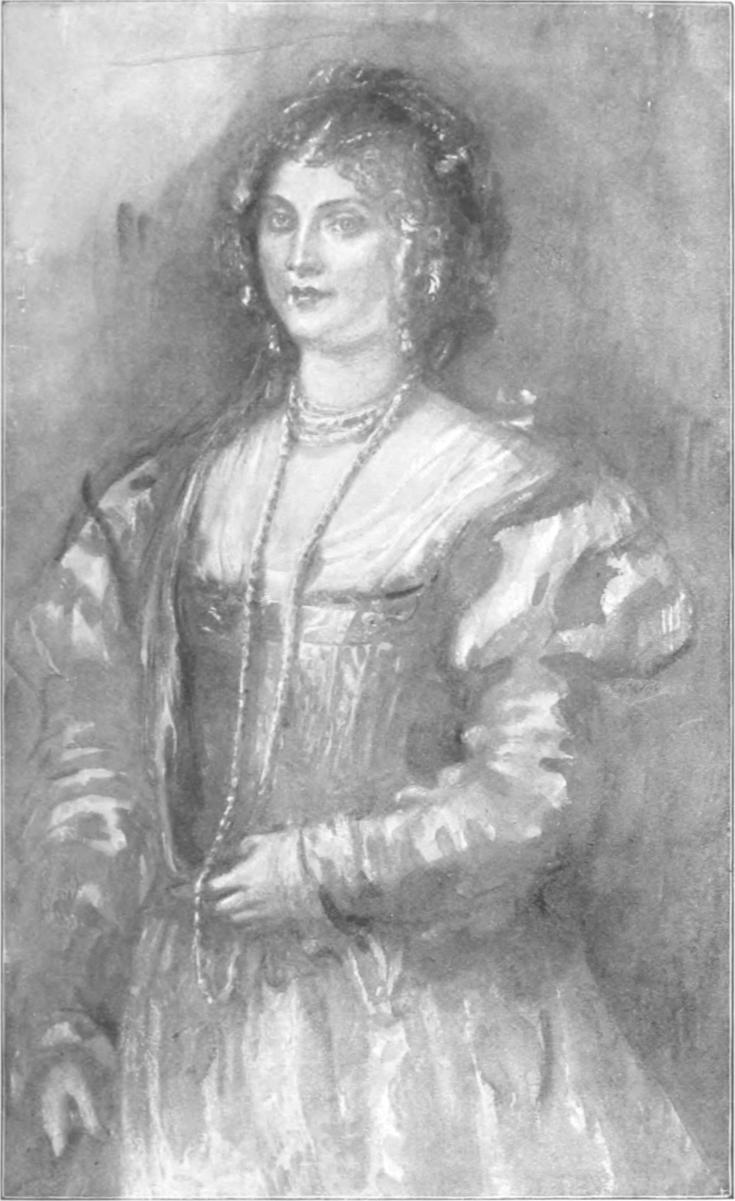
Burial clothes of Cosimo I de' Medici: Doublet, stockings with codpiece, Cappa Magna cope of the Order of St. Stephen Made in Florence | Artworks | Uffizi Galleries

Burial clothes of Cosimo I de' Medici: Doublet, stockings with codpiece, Cappa Magna cope of the Order of St. Stephen Made in Florence | Artworks | Uffizi Galleries

Costume of Cosimo de Medici (1389–1464), father of the nation. He wears a crimson bonnet, black cape over black robe. From a painting by Benozzo Gozzoli in the camposante (graveyard) in Pisa.
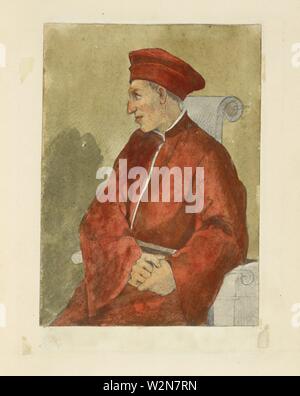
Costume of Cosimo de Medici (1389–1464), father of the nation. He wears a crimson bonnet, black cape over black robe. From a painting by Benozzo Gozzoli in the camposante (graveyard) in Pisa.
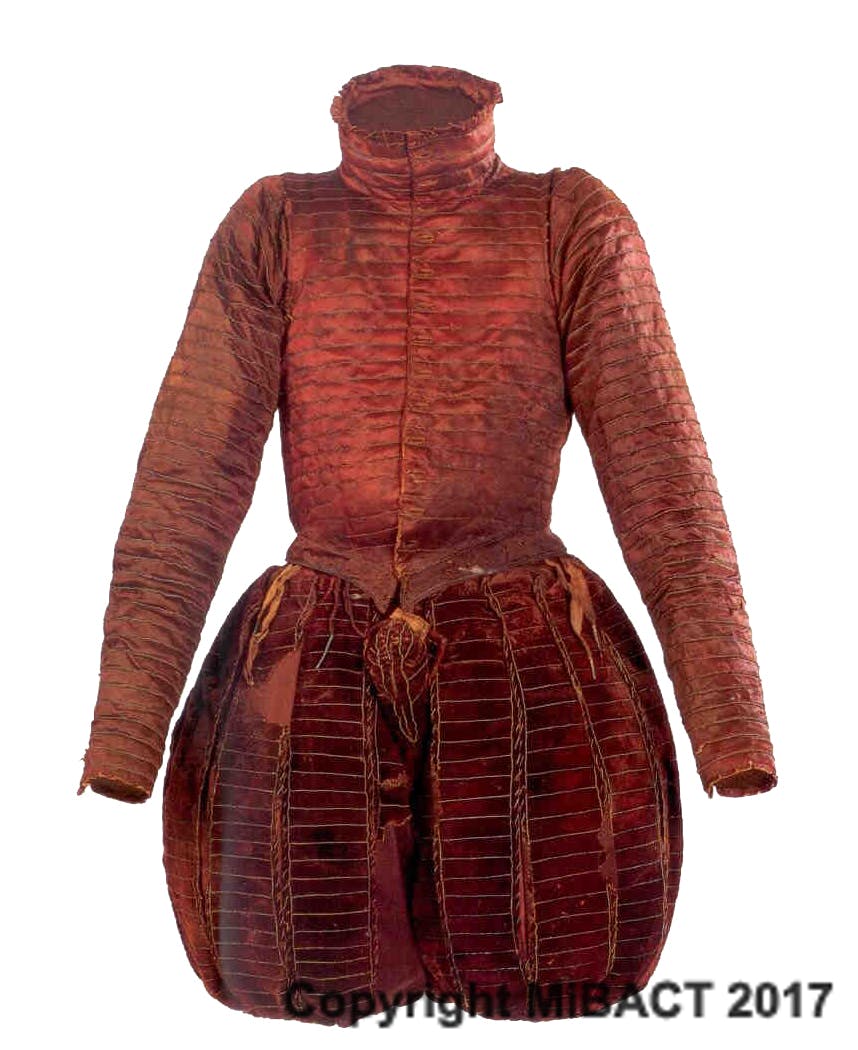
Burial clothes of Don Garzia de' Medici: Doublet with breeches, surcoat | Artworks | Uffizi Galleries

File:Volterrano, Cosimo III de' Medici in grand ducal robes (Warsaw Royal Castle).jpg - Wikimedia Commons

